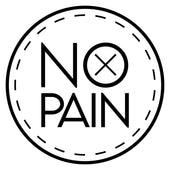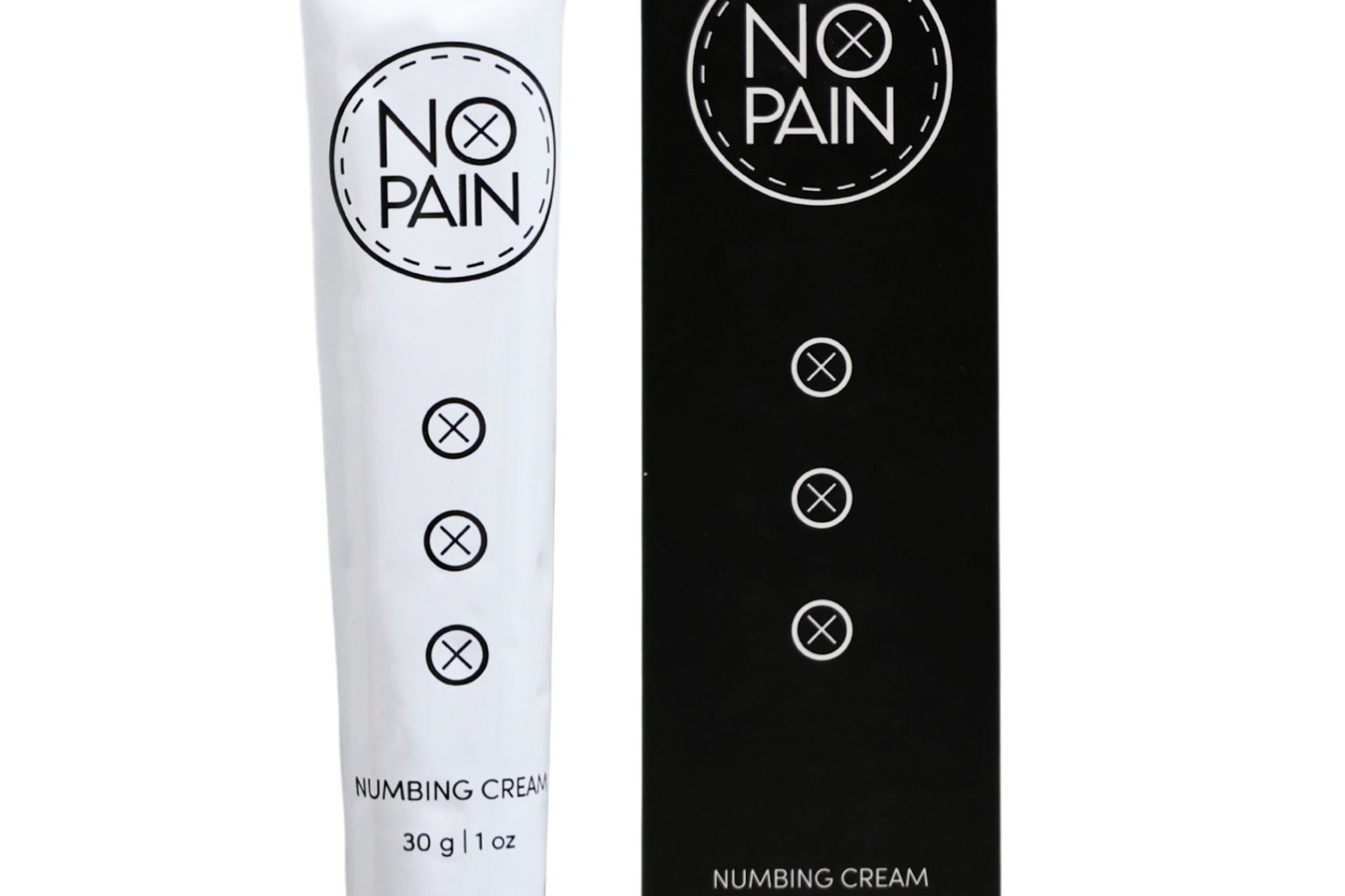You've made the smart choice to use a numbing cream for a more comfortable experience. You've applied it, wrapped it up, and now as you're waiting for it to activate, a critical question is likely on your mind: "How long will this numb feeling actually last?"
Understanding the duration of your numbing cream's effect is key to planning your session, especially if it's a long one. It helps you and your artist work efficiently and ensures there are no painful surprises halfway through.
For a high-quality, lidocaine cream like ours, you can expect the peak numbing effect to last for 2 to 3 hours after the wrap is removed by your artist. But it can stay numb much longer if the skin isn't broken. Up to 8 hours, in fact!
This guide will break down the timeline of the numbing effect and explain the factors that can influence it, so you know exactly what to expect.
The Bell Curve of Numbness: A Session Timeline
The numbing effect isn't like a switch that's either on or off. It's more like a bell curve, with a peak period of effectiveness that gradually fades over time.
-
Phase 1: Application (90-120 Minutes Before Your Session)
The process starts at home, about 90 minutes before your appointment. You apply a thick layer of the cream and wrap it in plastic. During this time, the lidocaine is absorbing deep into the skin to block the nerve endings.
-
Phase 2: Peak Numbness (The first 2-3 hours of tattooing)
When your artist removes the wrap and cleans your skin, the numbing is at its absolute peak. The area will feel deeply numb. You'll likely only feel the pressure and vibration of the tattoo machine, not the sharp pain of the needle. This is the prime window for your artist to do the most painful work, like the initial linework.
-
Phase 3: The Gradual Fade (Hours 3-5 of tattooing)
After about 3 hours, you may start to notice the deep numbness gradually subsiding. The sharpest pain is still gone, but the area will slowly begin to regain sensation. It doesn't just switch off suddenly; it's a slow and gentle return of feeling.
Factors That Can Influence the Duration
-
Your Individual Body Chemistry: Everyone metabolizes anesthetics at a different rate. Some people might get a solid 4 hours of numbness, while others might find it starts to fade closer to the 2-hour mark.
-
Application Method: The duration is directly tied to a proper application. If you don't apply a thick enough layer or don't leave it wrapped for at least the full 90 minutes, you won't get the full 2-3 hour peak effect.
-
Placement on the Body: The duration can vary slightly depending on the area of the body and the thickness of the skin.
The Pro's Secret: How to Extend Your Numbness for Long Sessions
So what do you do if you're in an all-day session for a sleeve or a back piece? The 3-hour window from your initial cream isn't enough. This is where a two-part system is essential. The initial cream gets you started; a mid-session gel keeps you going.
Our No Pain Tattoo Final Mile Gel™ is the key to extending your pain-free window. It's a fast-acting gel designed to be used by your artist on broken skin.
Around the 3-hour mark, when you start to feel the sensation returning, your artist can apply the Final Mile Gel™ during a break. It absorbs quickly and re-numbs the area, each application giving you another 20-30 minutes of comfortable tattoo time. You can repeat this process to get through even the longest 6-8 hour sessions.
The Verdict: You can confidently expect 2 to 3 hours of peak numbness from a single, proper application of a high-quality numbing cream. For sessions longer than that, the professional strategy is to use a mid-session gel to extend your comfort and finish the tattoo in one day.
By understanding the timeline and using a complete system like our No Pain Tattoo Numbing Products Bundle (Comfort Bundle), you can plan your session with confidence, knowing you have a plan to stay comfortable from the first hour to the final mile.

